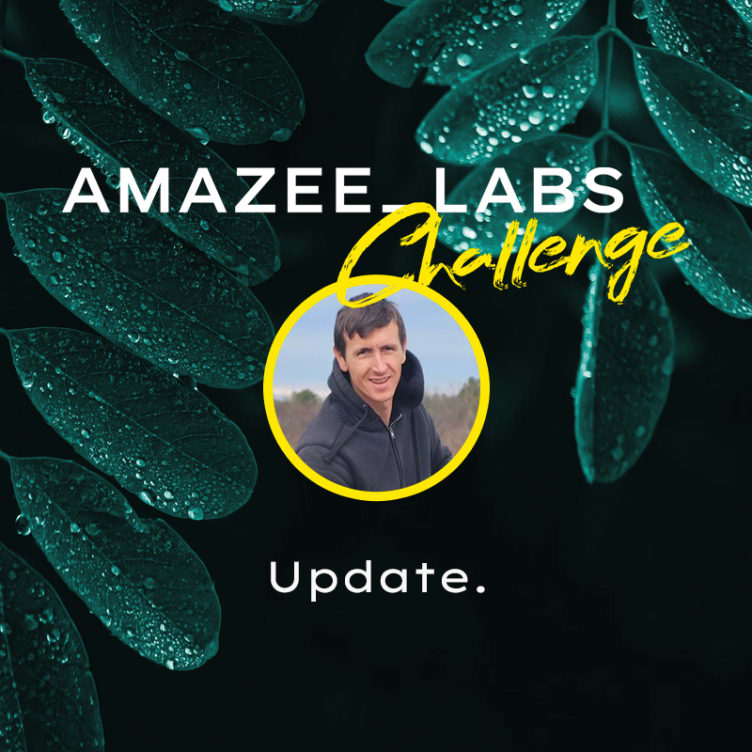Blog
A comprehensive resource full of industry insights and exciting topics around us, technology and UX design.

Jun 19, 2025
TeamPeopleAmazee LabsExtreme Challenge

Feb 12, 2025
UX & DesignWeb Development
Amazee Labs is now part of amazee.io. Learn more.
A comprehensive resource full of industry insights and exciting topics around us, technology and UX design.

